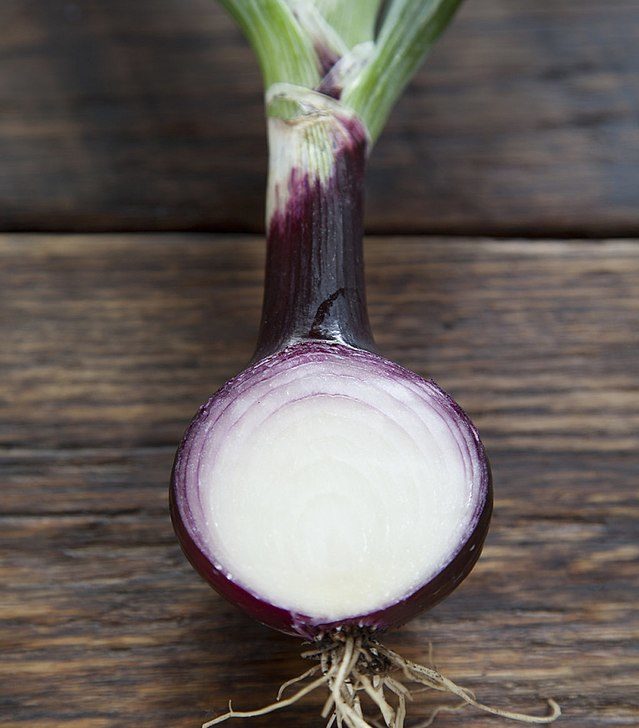Seed suppliers for the cultivation of seed onions in the Netherlands expect a 3 to 7 percent expansion of the acreage for the coming growing season. The trend that the onion acreage shrinks in the southwestern part of the Netherlands and expands on the eastern sandy soils continues next growing season.
“Based on our own sales figures, we expect the cultivated area to expand by 6 to 7 percent compared to last year,” says Bart Schriever, sales manager Benelux at seed firm, De Groot en Slot. So Schriever sees shrinkage of acreage in the southwest and in some growing areas, such as the Haarlemmermeer, where desired yields are sometimes not achieved on difficult soils.
‘Especially on the northeastern sandy soils, onion growers are sowing more again. We are also seeing some expansion of the acreage in East Brabant and North Limburg,’ says Schriever. He points out, however, that the growth in onion acreage will not be so great as to compensate for last year’s acreage shrinkage. In 2021, the sowed onion acreage in the Netherlands was more than 30,000 hectares. That dropped about 10 percent last year to just over 27,000 hectares. ‘This year we will end up somewhere in the middle,’ the sales manager of De Groot and Slot expects.
Onion specialist André Boot of seed firm Hazera is slightly more conservative when it comes to expanding the cultivation of seed onions in the Netherlands. ‘On balance, we assume 3 percent more acreage, but that could change any day.’ Boot estimates the area shrinkage in Zeeland in particular to be at least 20 percent. He also expects fewer onions to be grown in southern Limburg because of limited watering opportunities during the growing season.
Lucky
In Flevoland and North and South Holland, onion acreage will remain almost the same, according to Boot. He foresees the greatest growth in the provinces of Drenthe, Groningen and Friesland. For East Brabant and North Limburg, he speaks of a slight expansion of 5 percent or slightly more. ‘Furthermore, again this year there are fortune seekers who will grow onions driven by the high prices. Two years ago we also saw that: Dutch cattle farmers who start sowing onions instead of corn. Often that doesn’t turn out to be a success.’
On behalf of Syngenta Seeds, Kees Jacobs, onion seed advisor in the Netherlands, concurs with the findings of his colleagues. Although he says it is still difficult to make an estimate, he assumes acreage growth of about 5 percent. ‘Indeed, the trend of onion cultivation gradually moving from the southwestern clay soils to the eastern sandy soils will also continue next year.’
Over the past five years, Jacobs has seen growers in the southwestern part of the country either stop growing onions altogether or switch to onion sets or intensify the cultivation of seed onions. ‘Especially the latter group often chooses a smaller acreage, but they do invest in drip irrigation or fertigation to optimize cultivation.’
Hectares filled with cereals
Incidentally, Jacobs is somewhat surprised that the expansion of seed onion acreage is not as large as it was two years ago. “With the current prices, you would expect that. But in the crop plans, many additional acres have already been filled in with cereals. Furthermore, the potato crop also offers enough perspective at the moment.”
Except for a few plots already sown in late February and early March, the real sowing has yet to get underway. The wait is now for better spring weather, Jacobs states. According to Boot, the first onions on the early-sown plots are already up. “But that’s really an exception. It seems to be a late spring.”
Limited variety choice
About the availability of seed, Boot says the choice of varieties is limited now. “We really only have seed of somewhat later varieties. But precisely when it becomes a late spring, these varieties do extra well. A late variety often has more time to make good foliage for good bulb induction.”
De Groot en Slot does still have enough seed for the late deciders, says Schriever. Not for all our varieties can we still supply seed. But fortunately we have a wide assortment, so there is always some choice left.’
Source: Niuweoogst.nl
